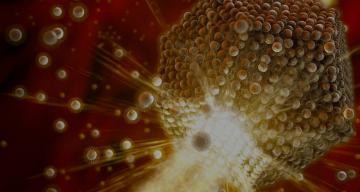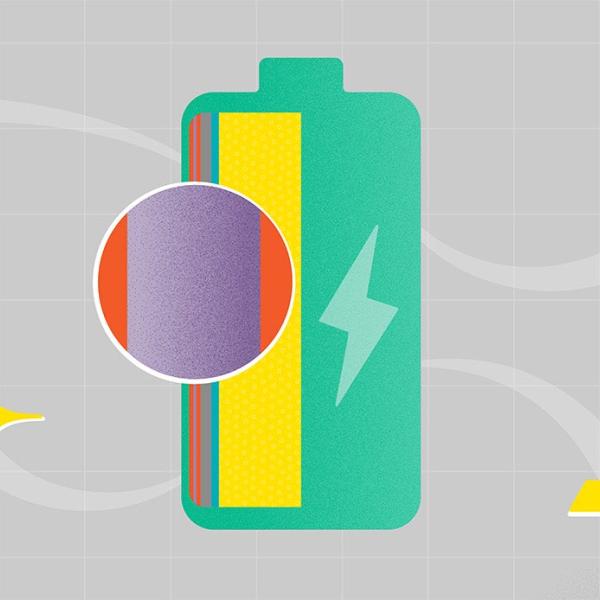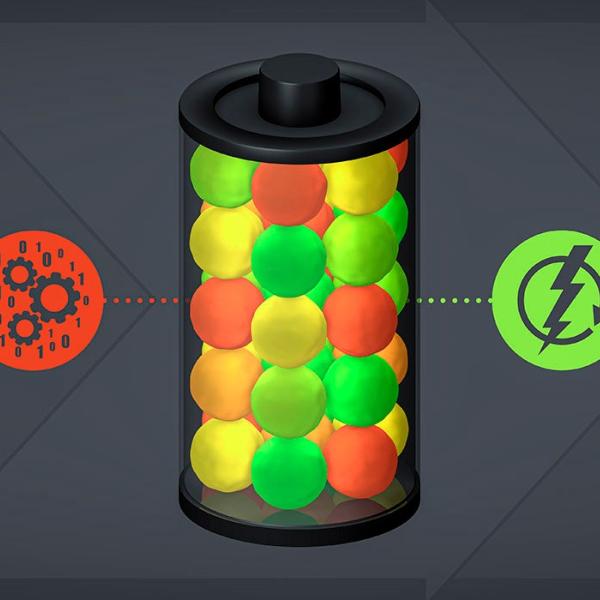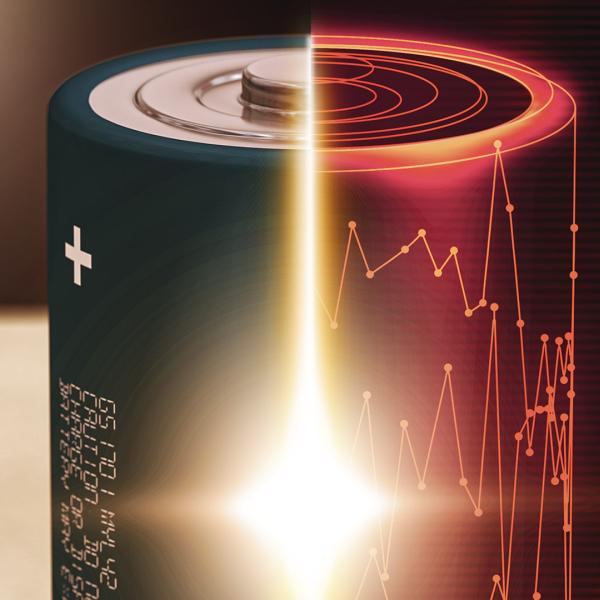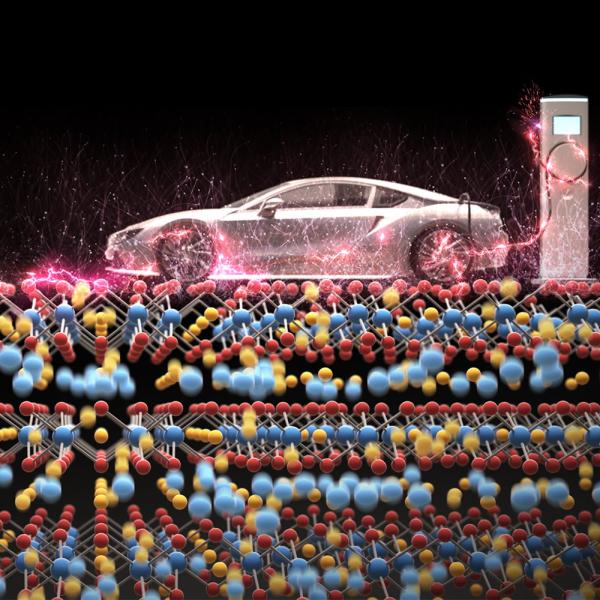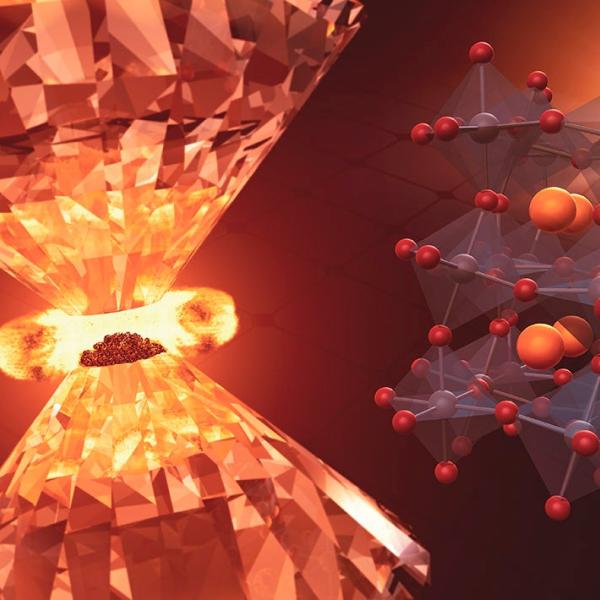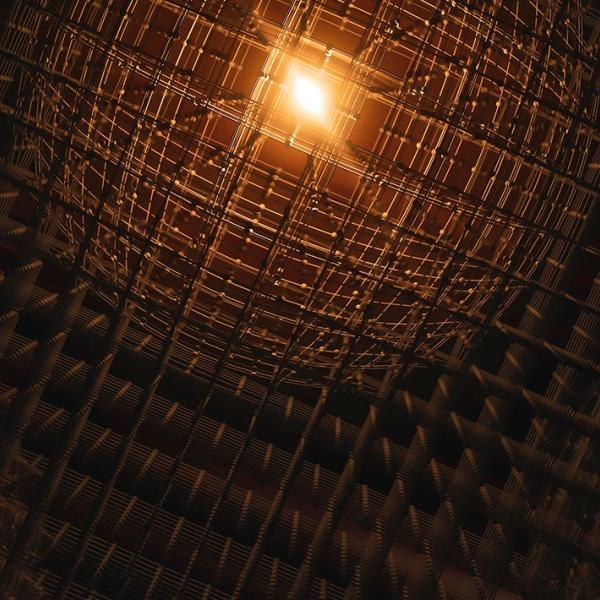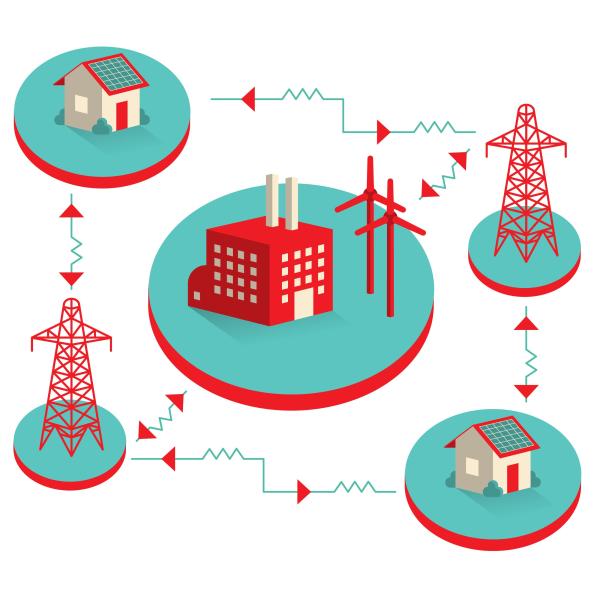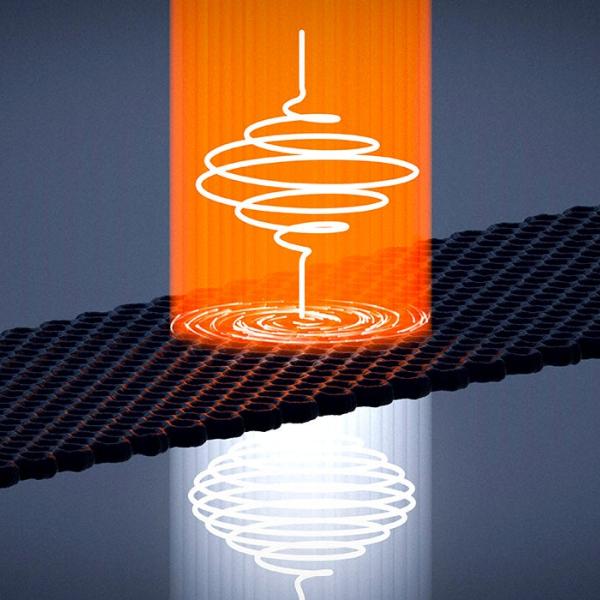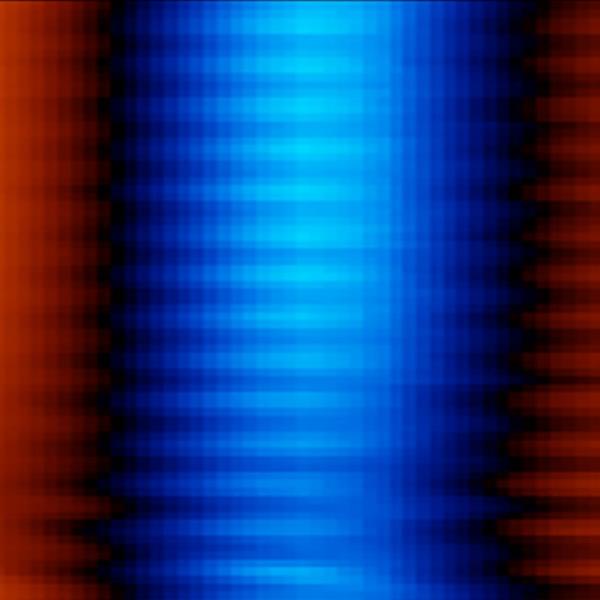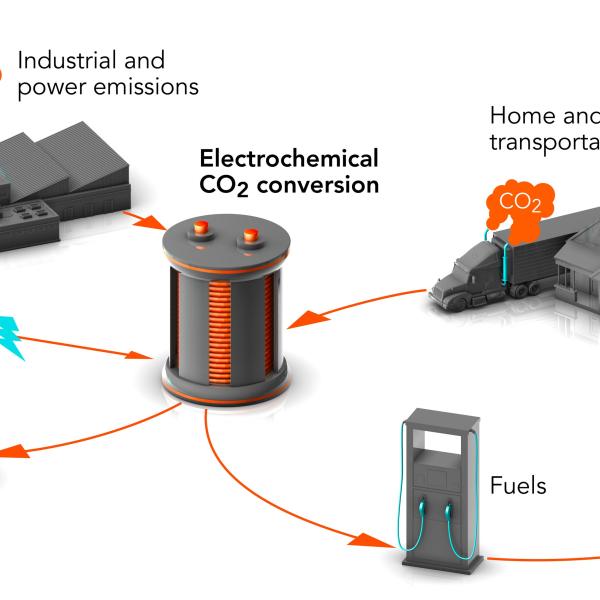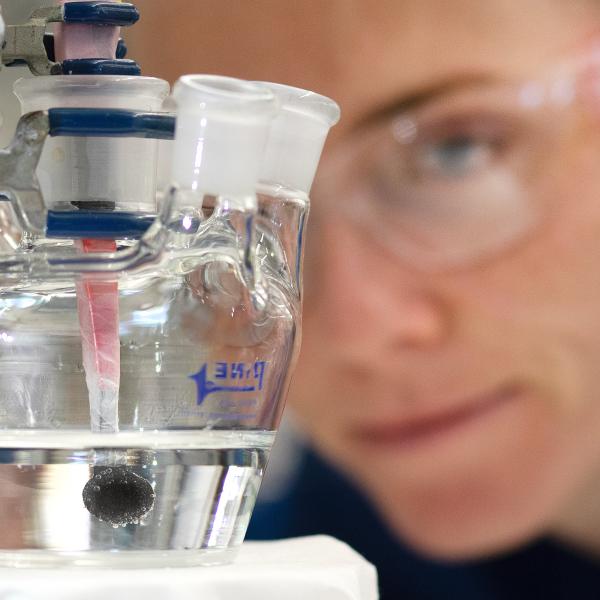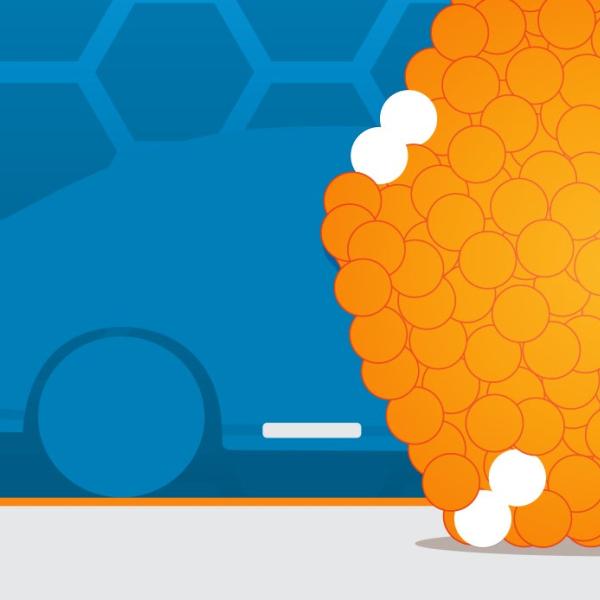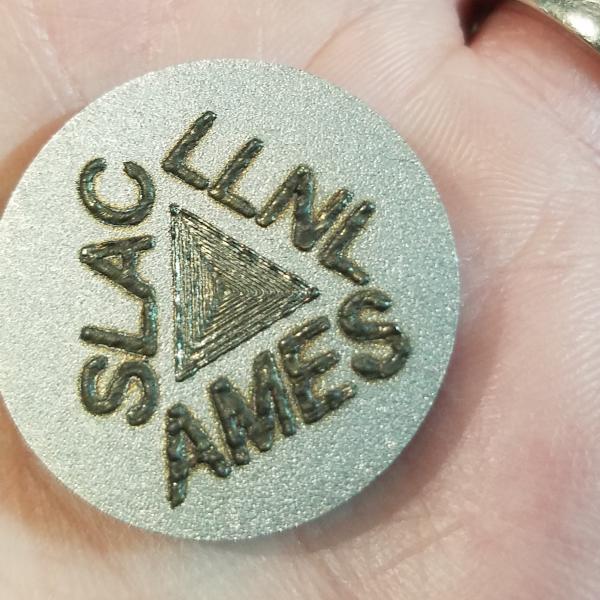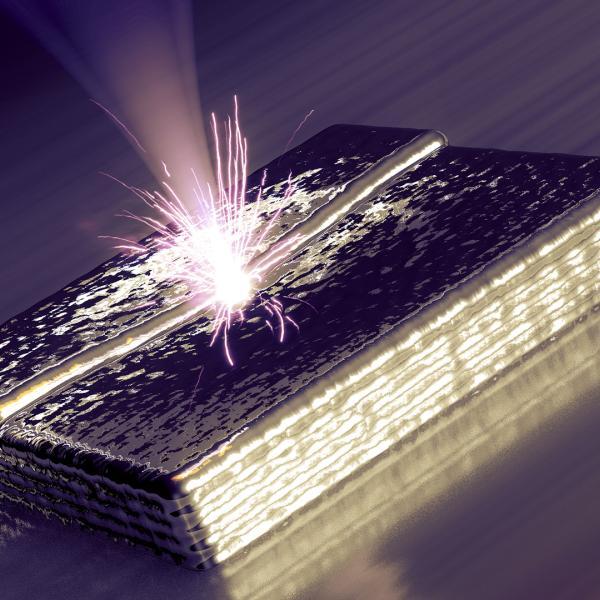One of the most urgent challenges of our time is discovering how to generate the energy and products we need sustainably – in a way that doesn’t compromise the well-being of future generations by depleting limited resources or accelerating climate change, for instance. SLAC pursues this goal on many levels, from fundamental research on improved materials and chemical approaches for batteries to inventing better ways to generate clean, sustainable energy and stabilize the electric grid.
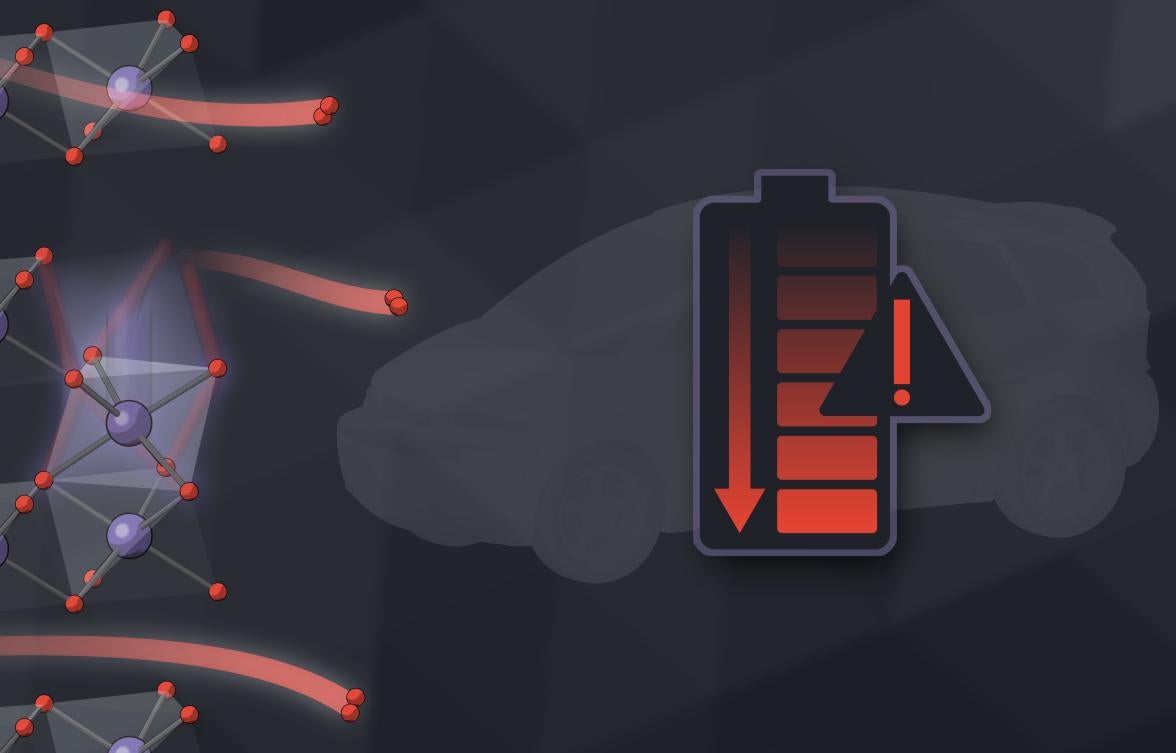
Materials for energy
Understanding materials at their most fundamental level is the first step in creating cleaner, cheaper sustainable energy technologies. We use X-rays and electron beams to probe and improve energy-related materials and to watch batteries at work.
Better batteries
We capture atomic details of transformations that take place inside batteries as they charge and discharge, a critical step in engineering better batteries for electric vehicles, consumer electronics and the grid.
Materials science
We develop materials to improve the performance of batteries, fuel cells and other energy technologies and set the stage for technologies of the future.
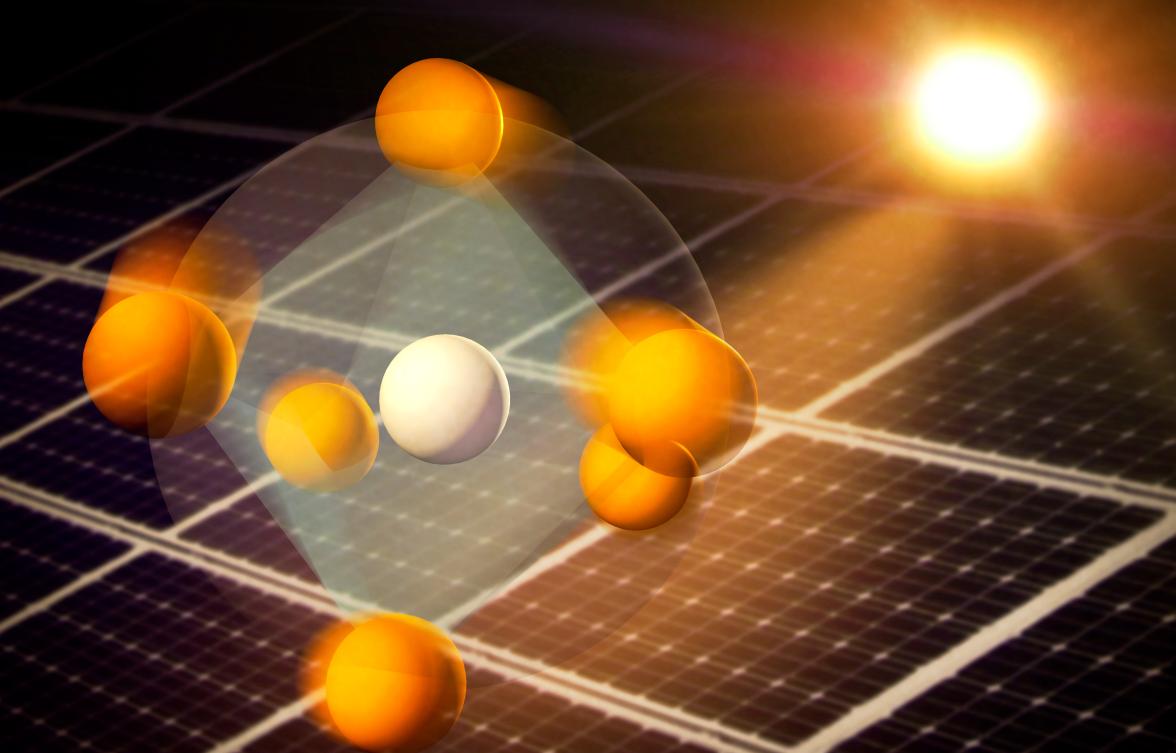
Modernizing the grid
The grid of the future will have to seamlessly absorb power fluctuations and quickly respond to major storms and other disruptions. We’re developing tools and control systems to make that a reality, including artificial intelligence to prevent or minimize electric grid failures. These innovations are already benefiting utilities and communities in California and across the nation.
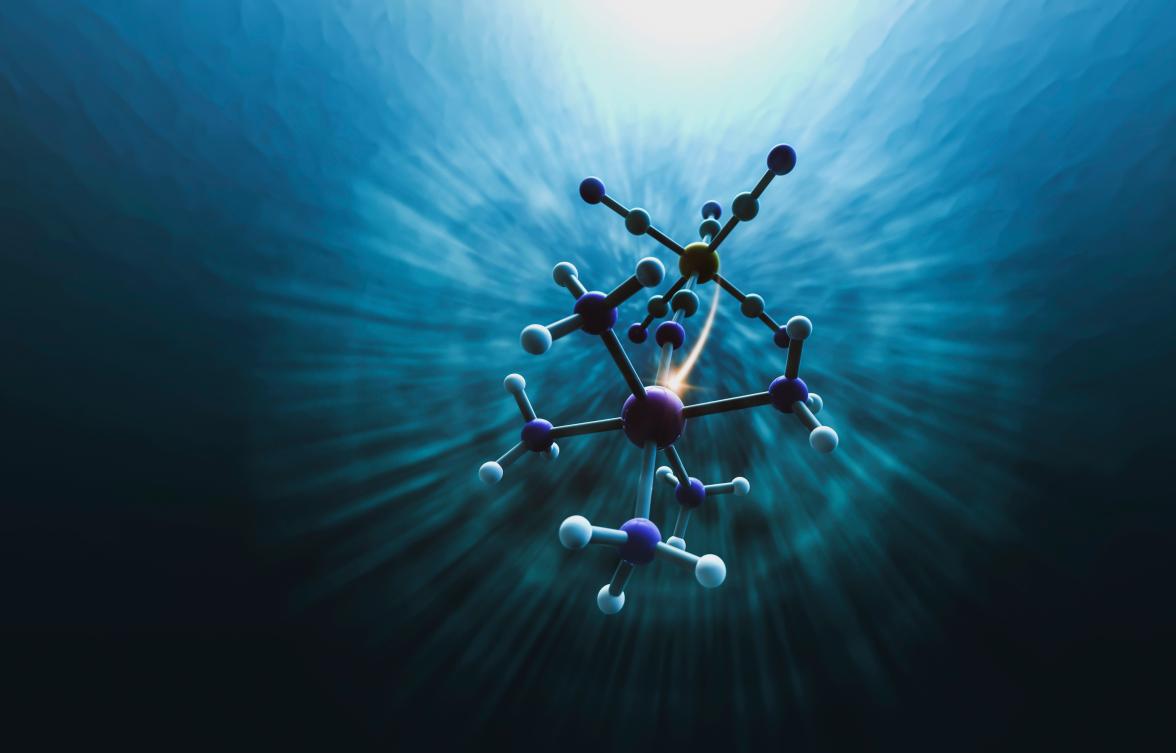
Sustainable chemistry
Understanding every step of a chemical reaction is key to making industrial processes greener and more efficient. We use our X-ray laser and electron camera to unravel those steps, which take place in millionths of a billionth of a second. One major focus of this research is finding ways to transform carbon dioxide, a potent greenhouse gas, into chemicals, fuels and other products, from plastics to detergents and synthetic natural gas, using clean, renewable energy.
Ultrafast science
SLAC’s X-ray, laser and electron beams reveal atoms and molecules moving in millionths of a billionth of a second. Soon we’ll be able to watch even speedier electron movements that underlie all of chemistry, technology and life.
Precision chemistry
Catalysts are the unsung heroes of chemistry, accelerating reactions used to make fertilizers, fuels and consumer products. Our work aims to make catalysts more efficient and reduce the use of fossil fuels.
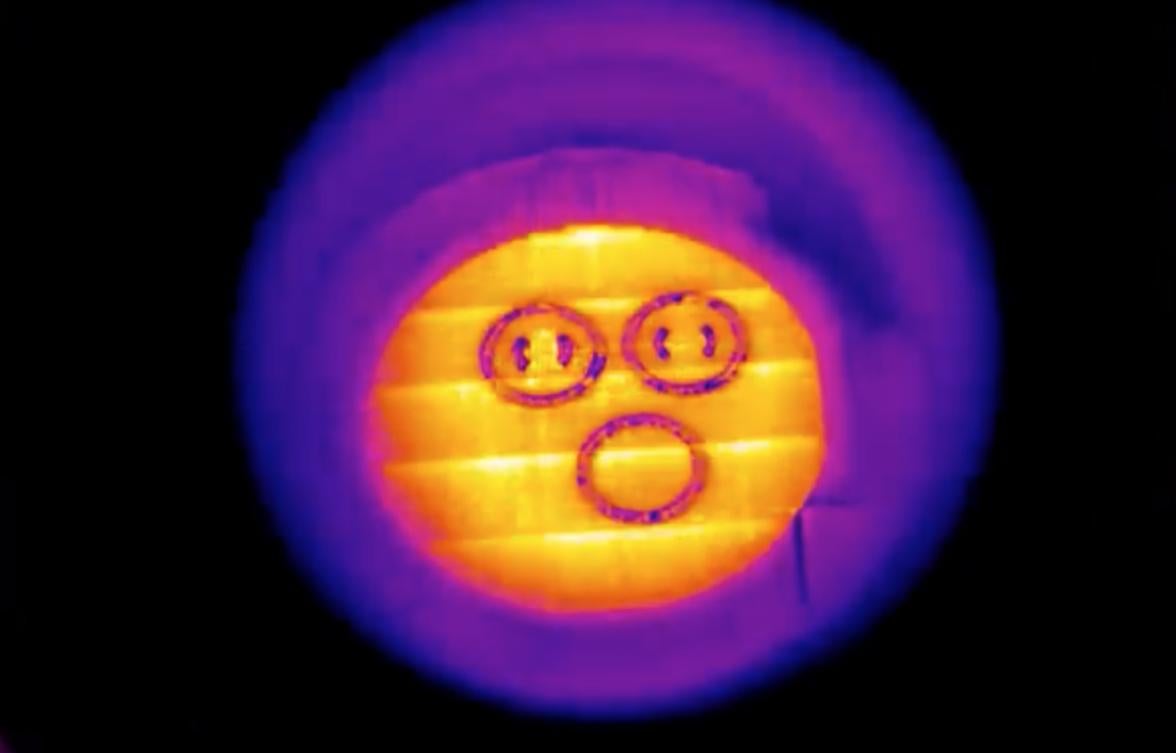
Advanced manufacturing
Understanding the manufacturing process at a very small scale is crucial for improving things like 3D printing of metals, production of thin films, precision manufacturing of semiconductor chips, and novel heat engines that use waste heat to generate electricity and drive chemical processes used in industry.
3D printing
The ability to 3D print flawless metal parts will have a big impact in the aerospace, aircraft, automotive and health care industries.
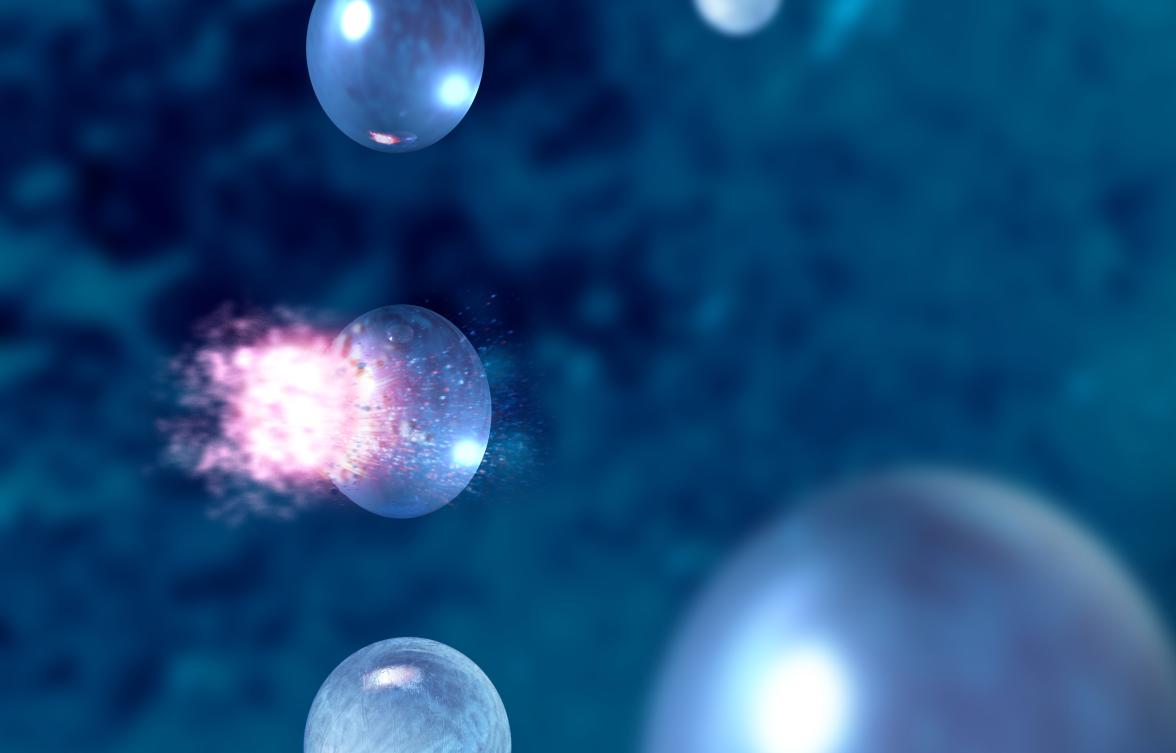
Water desalination
X-ray synchrotrons like the one we have at SLAC are great tools for studying and improving materials used to purify salty and contaminated water – a challenge that becomes more pressing by the day, as the world seeks safe and reliable water supplies for a growing population.
Understanding reverse osmosis
SLAC has a research program aimed at exploring the physical and chemical processes involved in reverse osmosis, with an eye to making it cheaper and more efficient.
